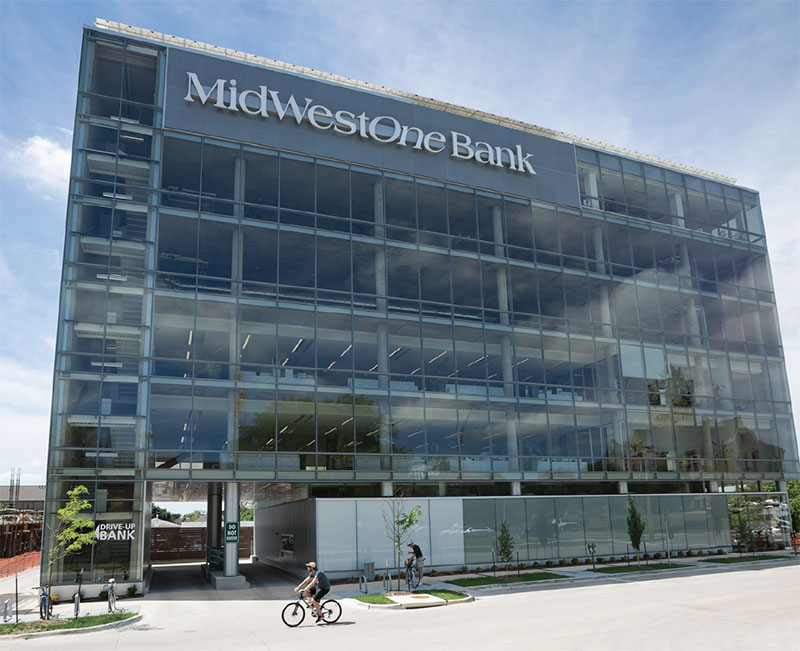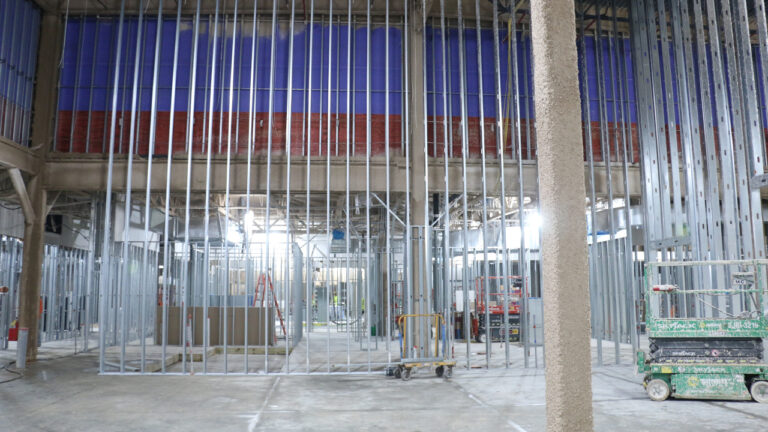By John Graham / Sales Column
To put the importance of proposals in proper perspective, they are far more than a vehicle for conveying your message. They are your message. Sadly, proposals that could be winners are often rejected. They may be filled with information, but the message gets lost and they fail to capture the recipient’s imagination.
To make sure your proposals get the attention they deserve, it helps to view them in three phases: before, during and after the presentation. Each one plays a part in moving your proposal closer to winning the business.
Preparing your proposal
Proposals should be easy to follow, but watch out. What’s clear to you can be a mystery to others. Stay away from jargon, too. The ability to explain something simply earns you points.
How you structure your proposal makes a difference. Whether someone is reading or listening to it, organize it so the main points stand out. Of all proposal outlines, Problem-Solution works well because it keeps the focus where it belongs: on the customer.
The problem expresses your understanding of what the customer wants to correct, implement or improve. It’s your grasp of the situation, so it’s critical to get it right because your credibility is at stake.
If you’ve described the problem accurately, the customer will pay close attention to your solution. You want it to be viewed as thoughtful, efficient and cost-effective. A good way to do this is by proposing options, – preferably three. This way you avoid putting all your eggs in one basket, which makes it easy to get your proposal turned down.
Offering options opens the door for involving the customer in a helpful give-and-take, rather than putting you in the position of defending just one solution.
Presenting your proposal
In the customer’s mind, you and your proposal are one. If one is weaker than the other, the proposal suffers. It’s your show, so do everything possible to position it to your advantage. Here’s how to do it:
- Set the stage. Don’t allow your customer to guess where you’re going. Make it clear you understand the customer’s problem and lay it out clearly. Then, indicate that you and your solution reflect your company’s competence for solving it.
- Maintain eye contact with your customer. You want to make your presentation an engaging experience. This is why handing out hard copy is a mistake — do it at the end. You want the customer to listen carefully and not be distracted by flipping back and forth. If you use PowerPoint, don’t replicate your proposal; maintain eye contact by using only a few key words on each slide.
- Communicate confidence. You’ve built your case as your presentation moves from understanding the problem to an on-target solution and then to the climax of asking for the order. At no point in the presentation is confidence more critical than it is here. This is where the last impression is the lasting one.
Following up
Follow up is often a presentation’s forgotten phase, but it’s arguably the most important. The show’s over. You worked to maintain control and now you’ve lost it. Your presentation’s fate is now in the customer’s hands.
Sure, you’ll find a way to thank your customer for the opportunity. Even though you should do it because it’s polite, it seems rather weak and ineffective. Some way or other, you want to do more — but now is not the time for a sales pitch. Stay on message. Since it’s likely your customer is considering several proposals, the task is making yours stand out. Simply and clearly reaffirm the accuracy of your problem analysis, along with the benefits of your solution. No waffling. You believe in your proposal, so stand by it.
John Graham of GrahamComm is a marketing and sales strategy consultant and business writer. Contact him at [email protected] or johnrgraham.com.







